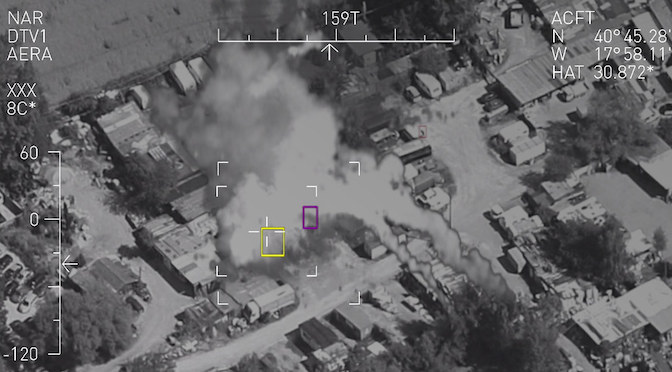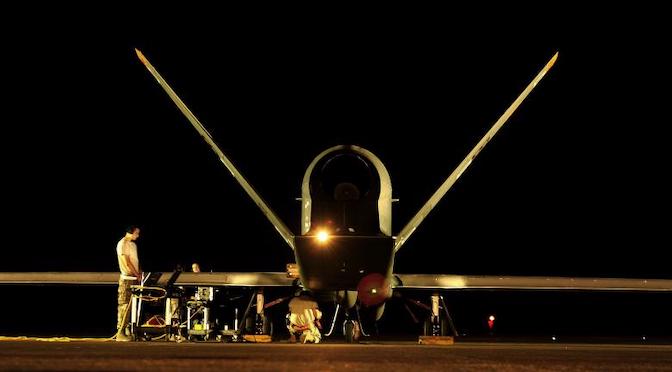Laurie Blank discusses a new approach to analyze the legality and effectiveness of US targeted killing. She suggests that targeted killing should be viewed through a lens that combines the effectiveness and legality metrics while also focusing on the essential issue of legitimacy. Blank then explores the effectiveness of targeted killing through a legal lens… Continue reading Analyzing the Legality and Effectiveness of US Targeted Killing
Tag: Drones
Analyzing the Impacts of Targeted Killing: Lessons for the United States
A central tool in the United States’ counterterrorism strategy over the past two decades has been the use of remotely piloted aircraft, more commonly known as drones, to target members of Al Qaeda and other associated terrorist groups. These drone strikes have been largely concentrated in northwest Pakistan, Yemen, and Somalia, although the exact number… Continue reading Analyzing the Impacts of Targeted Killing: Lessons for the United States
Command Responsibility: A Model for Defining Meaningful Human Control
In the relatively near future, the United States and other countries are likely to develop varying levels of artificial intelligence (AI) and integrate it into autonomous weapons. There are significant voices, spearheaded by The Campaign to Ban Killer Robots, advocating for a preemptive ban on these weapons. The opponents of lethal autonomous weapon systems (LAWS)… Continue reading Command Responsibility: A Model for Defining Meaningful Human Control



